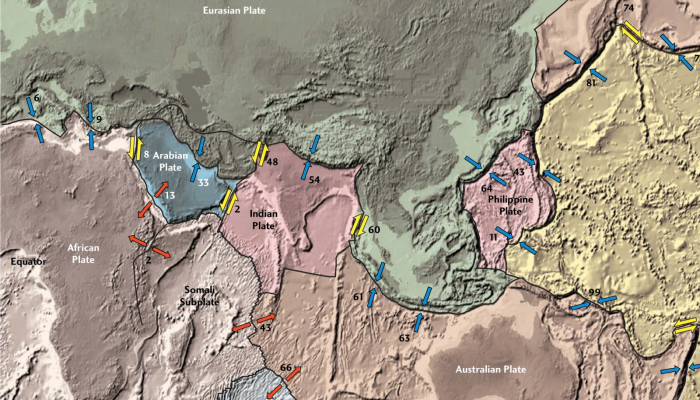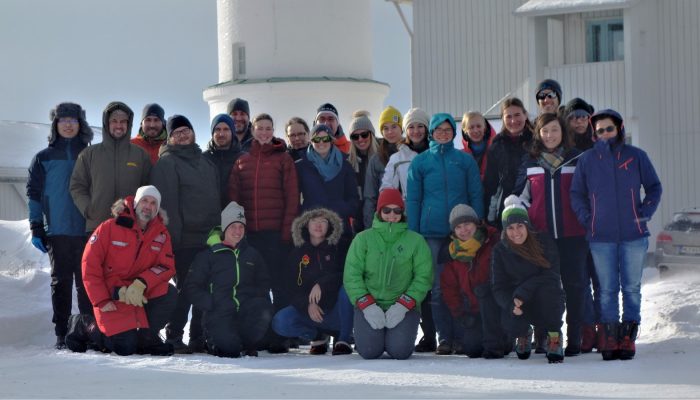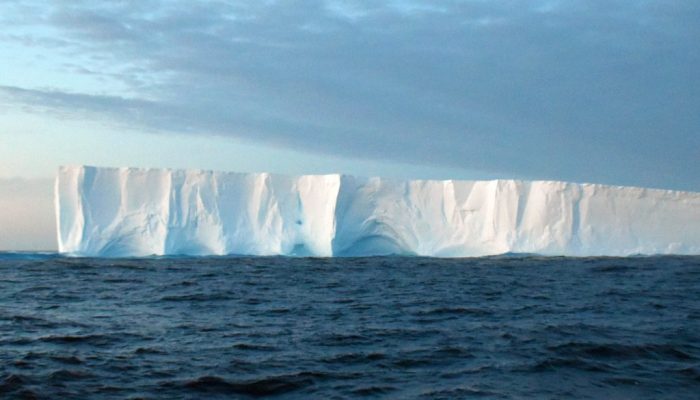Are you going to the EGU General Assembly in Vienna next week? If so, read on for a quick guide to navigating the week: Where to start, what to see and how to meet people and enjoy yourself! After all, the meeting is as much about the opportunities to meet scientists from all over the world as it is about the science itself. How on Earth do I know what is going on?! The EGU General Assembly (GA) i ...[Read More]
Geodynamics
GD Guide to EGU19
With this year’s EGU General Assembly (GA; #EGU19) looming in less than a week, it’s time for all attendees to finish (or start) their own scientific contributions, create their own personal programs as well as plan other activities during the conference. In this blog Nico Schliffke (GD ECS Rep) would like to share some useful advice how to successfully navigate through the conference and hi ...[Read More]
Seismology
2019 General Assembly is getting closer!
The 2019 General Assembly is getting closer! Before letting you go back to polish that glorious figure for your presentation, we wanted to make sure you have all the information about Early Career Scientists (ECS) and seismology-related events.
Tectonics and Structural Geology
Meeting Plate Tectonics – Dietmar Müller
These blogposts present interviews with outstanding scientists that bloomed and shape the theory that revolutionised Earth Sciences — Plate Tectonics. Get to know them, learn from their experience, discover the pieces of advice they share and find out where the newest challenges lie! Meeting Dietmar Müller Dietmar Müller is Professor of Geophysics at the University in Sydney and leads the EarthByt ...[Read More]
Natural Hazards
#EGU19 program is ready! Are you ready for it?
#EGU19 program is ready! Are you ready for it? The next EGU’s General Assembly is taking place in one week! We bet you already started planning your program for the week, that Natural Hazard (NH) sessions are included, and, especially if you are an Early Career Scientist (ECS), you have found many sessions and courses targeting your specific needs and interests. What fits more to you ...[Read More]
Hydrological Sciences
Sweet Bonanza Review
Sweet Bonanza Review Sweet Bonanza is an all-new slot machine that immerses players in a world of sugary slots and features. It also includes free spins. Also, players have the option to try demo versions of the game before investing their own money. This unique slot boasts a 6-x-5-grid and offers cluster payouts in place of traditional paylines. That means that when you form winning combinations, ...[Read More]
Hydrological Sciences
XXX Porn Clips and Sex Videos
HClips offers an expansive collection of free private home porn videos available for streaming at home in HD quality, from lesbians masturbating their tight pussy to old men fucking young girl. Their dedicated staff select XXX Porn Clips and Sex Videos that fulfill all your wild desires. Get Off to the Hottest Clips! Looking for free XXX porn clips you can stream right on your computer or mobile d ...[Read More]
Cryospheric Sciences
Image of the Week – 5th Snow Science Winter School
From February 17th to 23rd, 21 graduate students and postdoctorate researchers from around the world made their way to Hailuoto, a small island on the coast of Finland, to spend a week learning about snow on sea-ice for the 5th Snow Science Winter School. The course, jointly organized by the Finnish Meteorological Institute and the Swiss Federal Institute for Forest, Snow and Landsca ...[Read More]
Geomorphology
EGU General Assembly 2019 – all info you need
The European Geosciences Union General Assembly 2019 is about to open its doors. With less than two weeks time, we would like to provide a small guideline if you attend this EGU GA 19 for the first time and/or if you are an Early Career Scientist (ECS). We, that are your Geomorphology (GM) Division ECS Represenatives: Michael Dietze and Annegret Larsen, together with the ECS Rep team members Eric ...[Read More]
Cryospheric Sciences
Image of the Week — Into Iceberg Alley
Crew in hardhats and red safety gear bustle about, preparing our ship for departure. A whale spouts nearby in the Straits of Magellan, a fluke waving in brief salute, before it submerges again. Our international team of 29 scientists and 2 science communicators, led by co-Chief Scientists Mike Weber and Maureen Raymo, is boarding the JOIDES Resolution, a scientific drilling ship. We’re about to jo ...[Read More]







